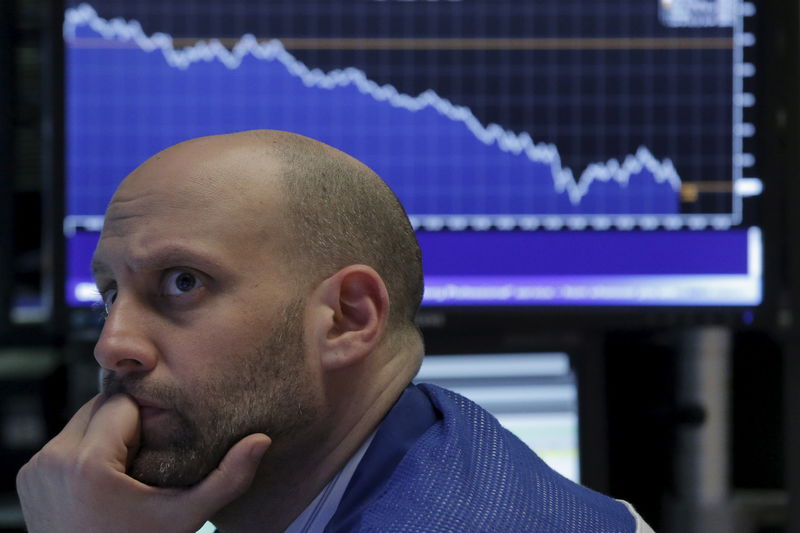VIX experiences largest single-day spike in five years
Investing.com -- Christopher Jacobson, options strategist at Susquehanna International Group, weighed in on the approximately 70% surge in the spot Volatility Index (VIX ) that took place on Wednesday. This represents the largest one-day increase for the measure in the last five years, and the most significant since the "Volmageddon" event in February 2018.
Jacobson noted that Wednesday's VIX surge was not only extraordinary in absolute terms, but also compared to the magnitude of the Standard & Poor's 500 Index (SPX) decline. Over the same period, there have been 32 declines more significant than Wednesday's nearly 2.9% sell-off. However, Jacobson highlighted that each of these 1-day declines started with a higher VIX level than Wednesday's initial VIX reading of 15.87. This suggests that these more severe declines were generally more anticipated than Wednesday's sell-off, which helps to partly explain the VIX's more extreme reaction.
Jacobson also pointed out that in the past week, there has been a noted increase in the VVIX reading relative to the spot VIX, hinting at expectations for greater volatility in the VIX itself. Considering these factors, Wednesday's VIX surge seems somewhat more comprehensible.
The sharp sell-off and the low starting implied volatility resulted in the largest volatility-adjusted decline since June 11, 2020, which saw a roughly 5.9% or 4.1 standard deviation decline. This makes it the second most severe of the last five years, based on 30-day implied volatility before the session.
Jacobson further explained that Wednesday's rise in the VIX/S&P implied volatility was not necessarily due to individual stocks suddenly experiencing increased implied volatility levels. Instead, it was the implied correlation between these components that was surging. He had previously written about the very low implied correlation environment and its impact on index-level volatility.
To illustrate, Jacobson compared the SPY 90-Day Implied Volatility (IV) to the average 90-Day IV for the top 50 components. He noted that while SPY IV was largely in line with its position in December 2023, the average component IV was about 15% higher. It was the historically low implied correlation that was suppressing the S&P volatility. On Wednesday, these implied correlation levels spiked, resulting in a concurrent rise in SPY IV.
This article was generated with the support of AI and reviewed by an editor. For more information see our T&C.
Source: Investing.com
